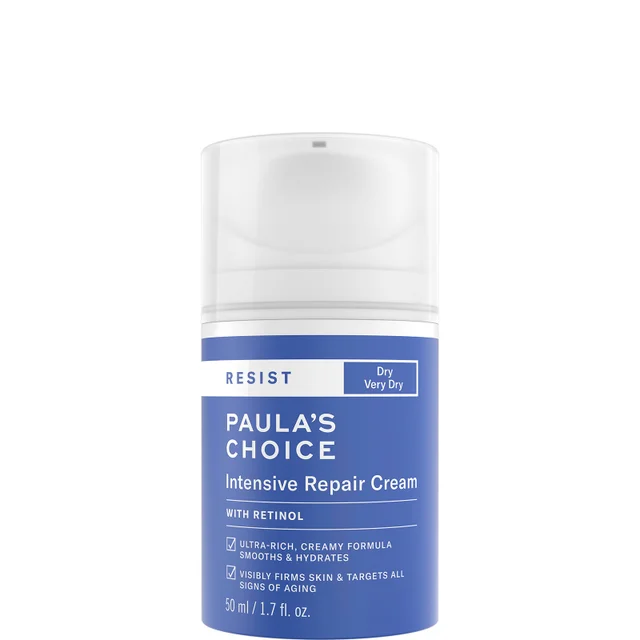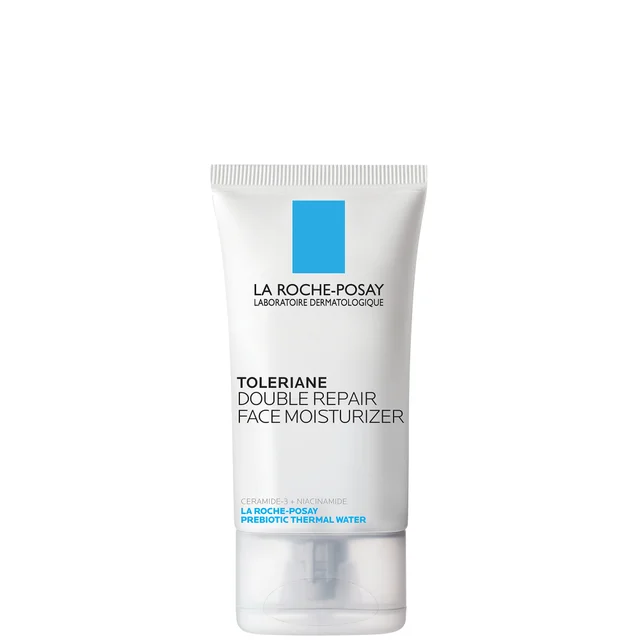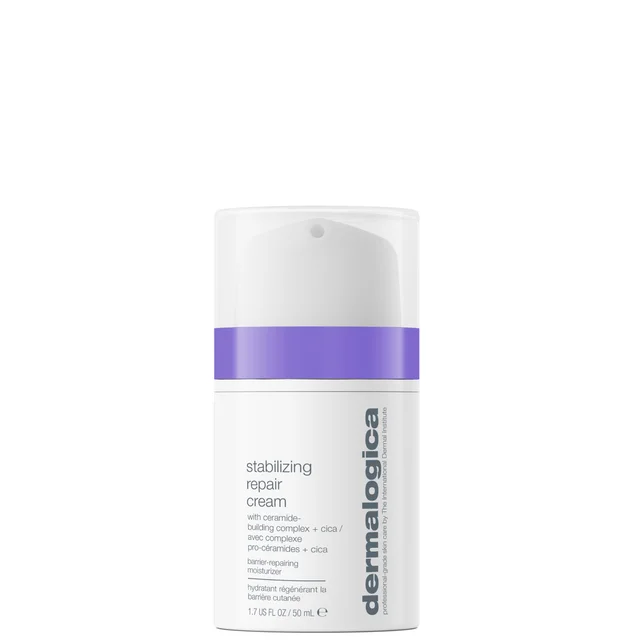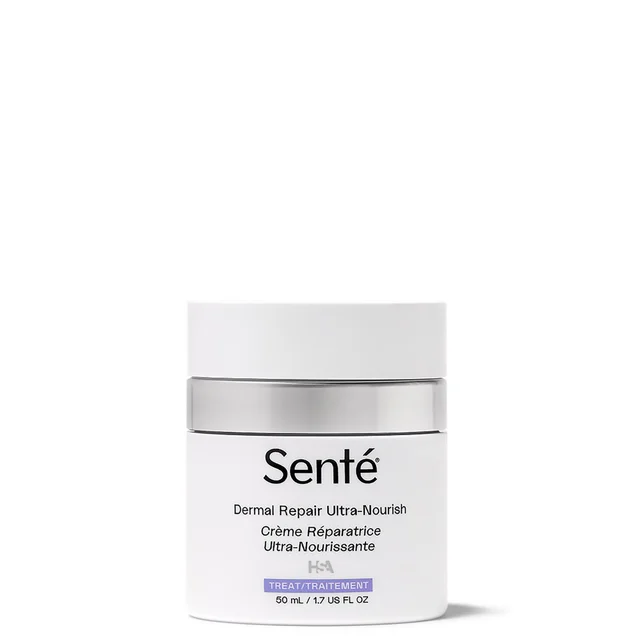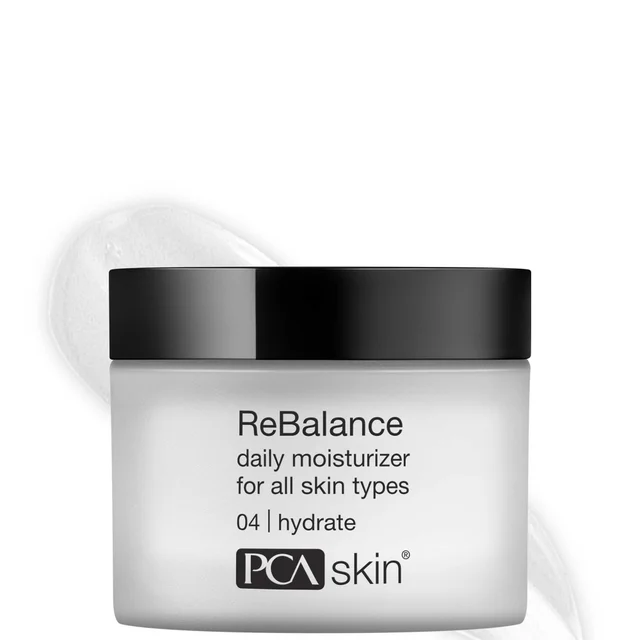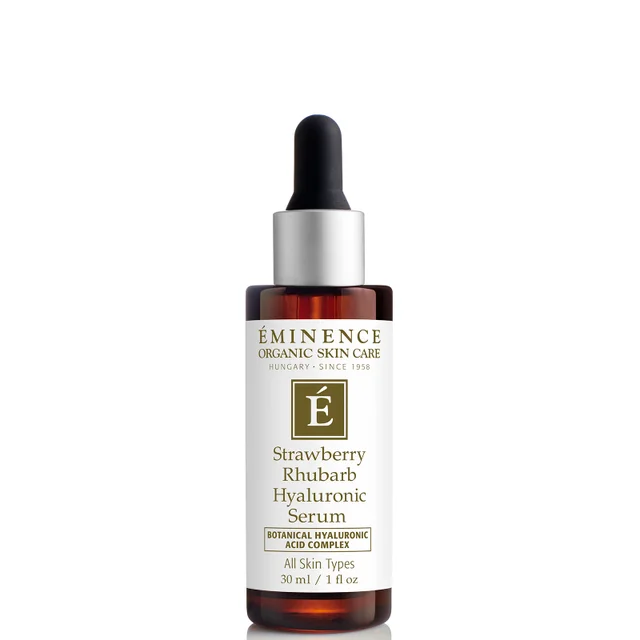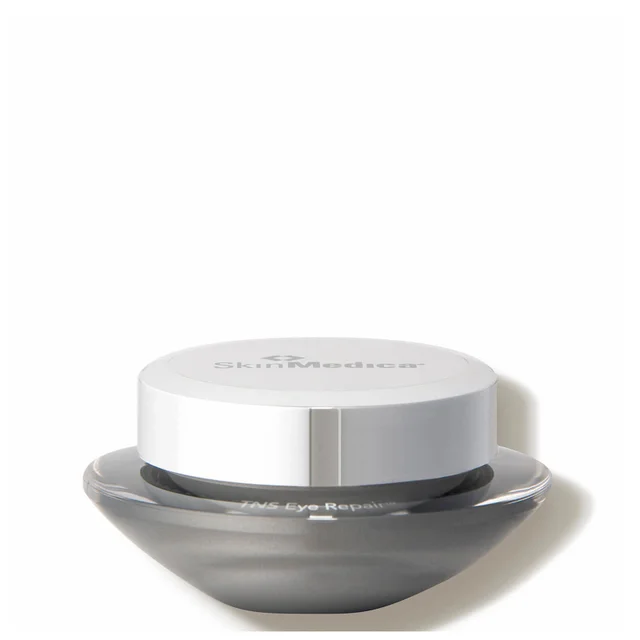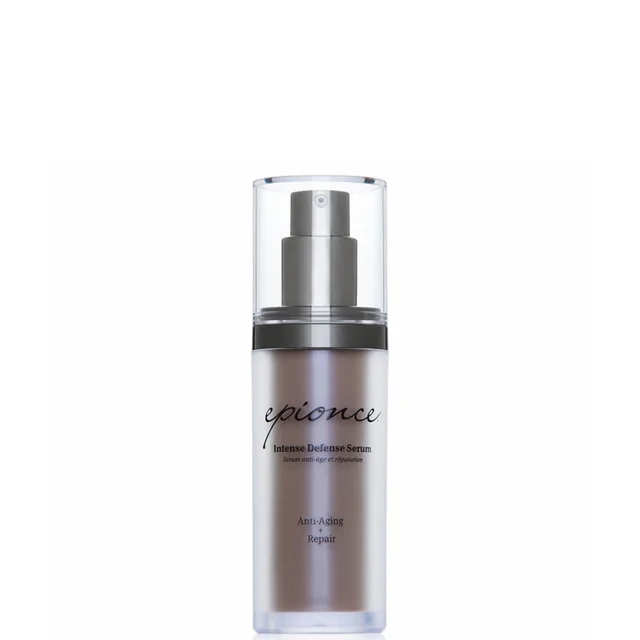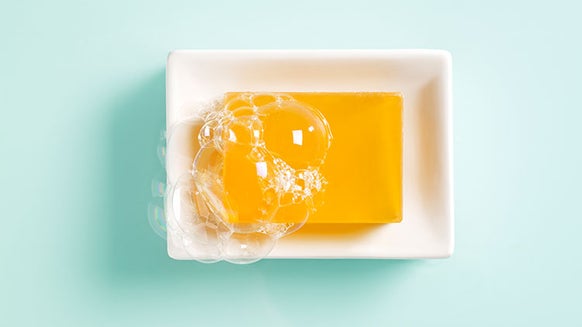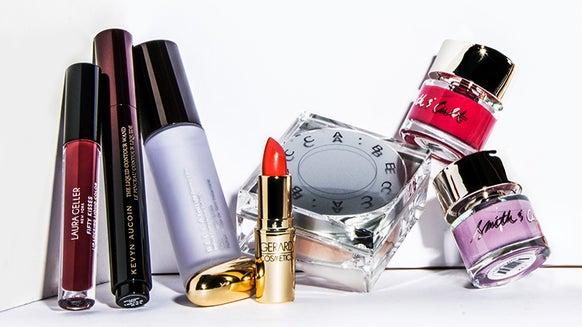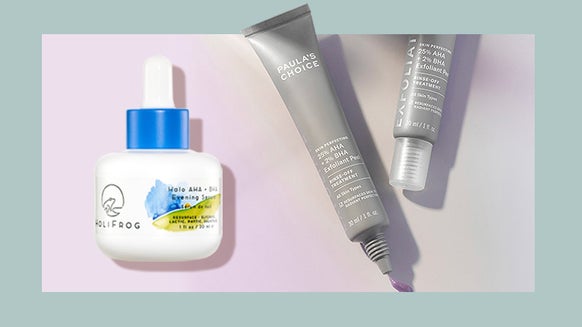Transform Your Skin: How to Repair Your Barrier Like a Pro
Skin care terms get thrown at us like the latest fashion trends, but one you don't want to gloss over is the skin barrier. This super crucial protective layer may flood your social media feed, but there's a good reason. A damaged skin barrier can disrupt the overall health of the skin and the entire body since the skin barrier serves the specific purpose of acting as a vital layer of defense. A handful of skin-related issues can arise when this delicate layer of skin becomes compromised and damaged. So, to keep your skin barrier as healthy as possible, it's important to understand how to determine if it's damaged so you can heal and repair it and regain your healthy skin.
Table of Contents:
- What is the Skin Barrier, and Why is it Important?
- How to Tell if Your Skin Barrier is Damaged
- What is the Fastest Way to Repair a Skin Barrier?
- How Long Does It Take to Fix a Skin Barrier?
- What Products Can Repair the Skin Barrier?
- Easy Tips for Maintaining a Healthy Skin Barrier
What is the Skin Barrier, and Why is it Important?
Simply put, the skin barrier is the outermost layer of skin, also known as the stratum corneum. Made of a network of tightly knit and rigid skin cells held together by lipids, the skin barrier protects against pollution, environmental toxins, and pathogens and bacteria that can enter the body through the skin. When the skin barrier isn't functioning correctly, it is easy for water to escape (read: dry skin) and normal bodily functions to become compromised.
Once the skin barrier becomes damaged, it becomes much easier for the skin to become damaged. With less protection against environmental aggressors, the skin can also turn from plump, glowy, soft, and healthy to dry, red, irritated, and rough. That's because a damaged skin barrier is less equipped to hold in the necessary skin elements, such as ceramides, fatty acids, and cholesterol, to keep it functioning properly and looking healthy. Plus, a damaged skin barrier shows more signs of aging, appears lackluster and dull, and can easily highlight skin imperfections.
How to Tell if Your Skin Barrier is Damaged
It's easy to tell if you have a damaged skin barrier by looking at it and assessing its current state. Your skin barrier likely needs to be repaired if it feels dry and tight, looks flaky, and displays signs of irritation or stinging after applying skincare products, especially ones with active ingredients. Other signs of a damaged skin barrier can include frequent acne breakouts, the classic symptoms associated with rosacea and eczema, persistent itchiness, and a rough, bumpy texture.
Many factors can lead to a skin barrier that requires repair, so take stock of what your skin is exposed to that may be affecting it and limit it where you can. Common skin barrier damaging factors include:
- An environment that's too humid or too dry
- Pollution and allergens
- Sun exposure
- Alkaline soaps, cleansers, and detergents
- Harsh chemicals
- Over washing the skin
- Stress
- Certain medications, like steroids,
- Skin conditions like psoriasis, eczema and dermatitis
Sensitive and dry skin types can be more easily damaged, so taking good care of the skin barrier is essential for it to remain healthy and protective.
What is the Fastest Way to Repair a Skin Barrier?
While it may seem like skin barrier repair techniques are hard to incorporate and will take weeks to undo the damage, truth be told, you can fix a damaged skin barrier simply and quickly. For starters, pare down your regular skincare routine and immediately cut out any skin products that may be affecting the skin barrier, including harsh exfoliators as well as manual exfoliators, retinol and retinoids, acid-based products, drying products, and anything else that can strip the skin. Sticking with a simple routine of a fragrance-free cleanser and moisturizer with ceramides, glycerin, hyaluronic acid, and sunscreen will help rebalance and rehydrate the skin to nurse it back to health. Barrier creams and natural plant-based oils are also helpful since they help repair the skin with ingredients that build back up the barrier while decreasing dryness.
Inflamed and irritated skin is a common symptom of damaged skin barrier. Incorporating at-home red light therapy treatments with an easy-to-use LED mask can also prove beneficial. The same goes for sticking with lukewarm water, which will help prevent irritation and skin dryness.
How Long Does It Take to Fix a Skin Barrier?
Skin barrier repair isn't an overnight fix; while you can repair it, it will take time and effort. How long it takes to repair the skin barrier depends on how damaged it is and the current state of your skin.
Within a few days of starting to repair the skin barrier, beginning signs of improvement may be seen. In a few weeks, the skin will respond even better and be pretty much back to health. After about two to three months, the skin should be at its optimal state of healthiness, although more severe cases of a damaged skin barrier can take up to six months to fix.
Sticking with the basic routine to get your skin back to a baseline before slowly adding additional products (once the skin is fully healthy). Patience is vital as you learn how to repair the skin barrier, and for some people, the skin may go through a worse-before-better period, so don't become discouraged.
What Products Can Repair the Skin Barrier?
Using the proper skin barrier repair products is key to reversing the signs of a damaged skin barrier. Ingredients that strengthen the skin and replenish it with hydration and nourishment, like ceramides, hyaluronic acid, fatty acids, and niacinamide, are a must. Gentle products are always best and look for ones with a pH (often denoted on the bottle) between 4 and 6 to match the skin's natural pH levels.
Easy Tips for Maintaining a Healthy Skin Barrier
Once your skin barrier is repaired and the skin is healthy again, you'll want to keep it that way. The easiest way to maintain a healthy skin barrier is to use gentle yet hydrating and fragrance-free skincare products. It's essential to adapt your skincare routine to your skin's needs, which can be ever-changing. If you plan on using active ingredients or skincare products that may have been the culprit of a damaged skin barrier in the first place, reintroduce them slowly and one at a time. For example, if you want to try using retinol again, incorporate it into your routine for a few weeks, and if the skin responds positively, then work your way up to the next ingredient. Or you can always try the gentler cousins of actives, so swap retinol for bakuchiol and PHAs for AHAs.
Of course, the best way to keep the skin barrier healthy is to avoid anything that could have been a trigger in the first place. Sticking with a consistent, simple, and gentle routine is best. If something doesn't seem suitable for your skin, don't press your luck—remove it from your routine. Remember that your skin barrier is your body's first line of defense from everything it is exposed to, so keeping it strong and healthy is rule number one in maintaining healthy skin and a healthy body.

Elise Minton Tabin is an award-winning beauty journalist, editor, and beauty expert with more than 16 years of experience. She previously held the title of Executive Beauty Editor at NewBeauty magazine, where she reported on beauty, plastic surgery, anti-aging, health and wellness. She was also instrumental in the launch of the beauty supplement brand Hush & Hush. A self-professed beauty junkie and retinol and sunscreen pusher, Elise knows what’s new, what works and who’s the best to go for every procedure under the sun. Follow Elise on Facebook, Instagram, and on her beauty blog, elisetabin.com
